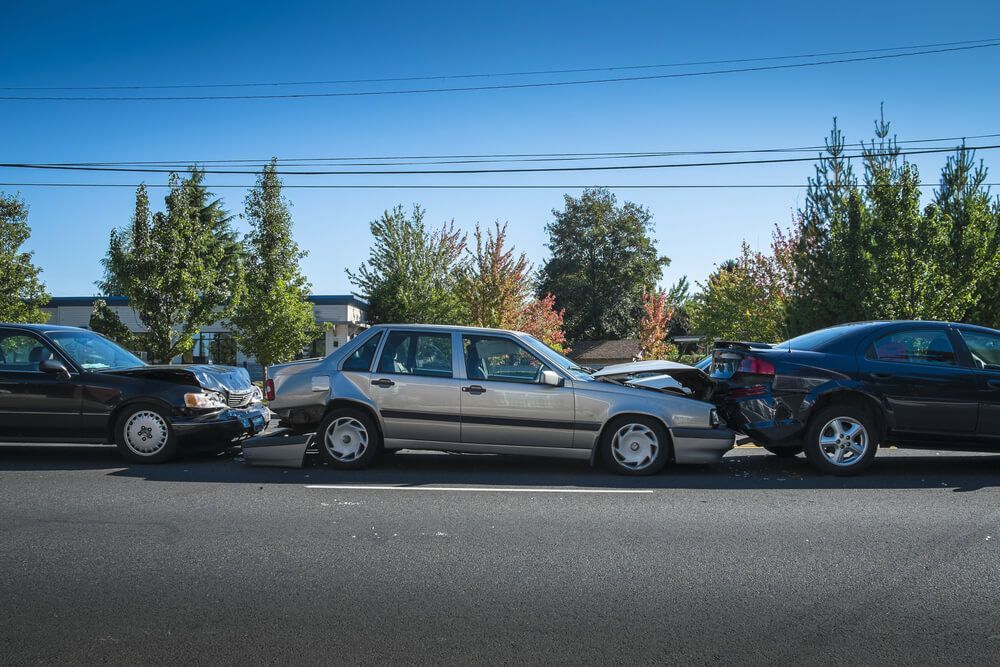Elements for a Valid Product Liability Claim
Recent Blog Posts
Elements for a Valid Product Liability Claim
When a defective product causes injuries or property damage to a consumer, a product liability claim may arise. Individuals can file product liability claims in civil court in order to recover compensation for their losses. Here, our team of Phoenix personal injury attorneys examine the basic elements of a valid product liability claim in Arizona.
Do You Have a Claim - When is a Product Defective?
The first step for a product liability claim is determining whether or not the product was defective in the first place. Products can become defective in a number of ways, but there are three overall basic types of flaws that can occur:
- Design defects. A design defect is an error that occurs during the conception timeframe of the product. The design defect is incorporated into every model that goes on to the manufacturing line. This could include tools without adequate protective shields when needed or medications that do not have the correct chemical composition.
- Manufacturing defects. Manufacturing defects occur after the design phase but during the process of putting the product together. Even a well-designed product can experience problems at any point in the manufacturing process that renders the product unsafe for consumers.
- Marketing defects. This type of defect does not necessarily have anything to do with the product itself or how it works but how it is marketed to consumers based on the labeling. Marketing defects can include products without adequate warning labels, missing ingredient lists, missing side effects, inappropriate product instructions, and more.
In most situations, defective product claims fall under the theory of strict liability. This means that the injury victim (the plaintiff) does not have to prove that the other party was negligent and that their negligence caused the product defect.
Did the Defective Product Cause Injuries?
Part of the product liability claims process is showing that the defective product caused the injuries the plaintiff claims. This is called "causation." an attorney will work to show that there was a link between the dangerous or defective product and the injuries that occurred. For example, if an individual is pursuing a claim for a defective pharmaceutical product, a specialized product liability attorney in Phoenix will need to have evidence that shows the injuries or illnesses occurred as a result of the medication and not some other condition or outside antagonist.
Was the Item Used as Intended?
Another element of product liability claims includes examining whether or not the product was used as intended. Often, companies and manufacturers will say that the injury victim failed to use the product as intended, which means they did not use the product as described in the instructions or warning labels provided. Manufacturers are not responsible for ensuring product safety in all possible uses, just the uses for which the product is intended.
If a person used a product in a way that was not intended or would otherwise reasonably not be expected, it may not be possible to recover compensation if an injury occurs. Additionally, if products are altered by a consumer, this could invalidate a product liability claim.
Were There Real Damages?
The last step for a product liability claim involves showing that the plaintiff sustained some sort of monetary loss as a result of the defective product and their injuries. This can include medical bills, lost wages, property damage expenses, as well as pain and suffering damages.





